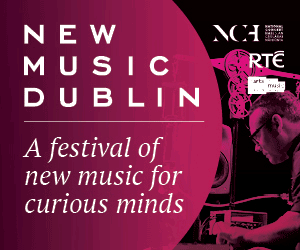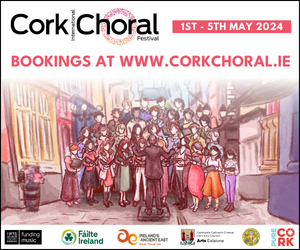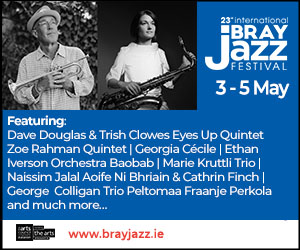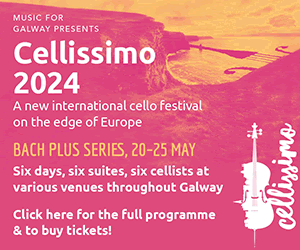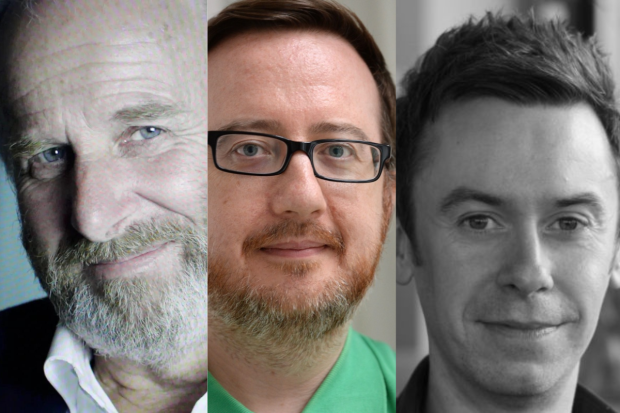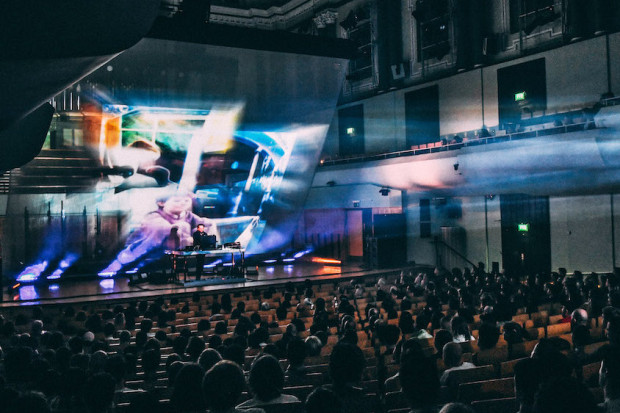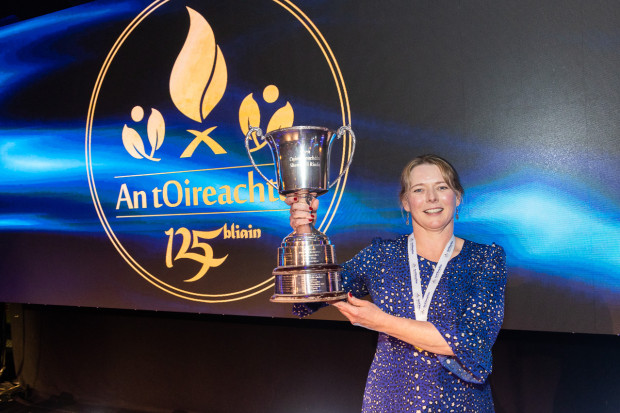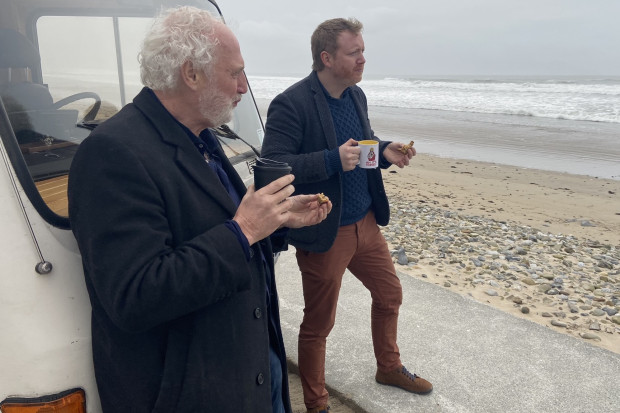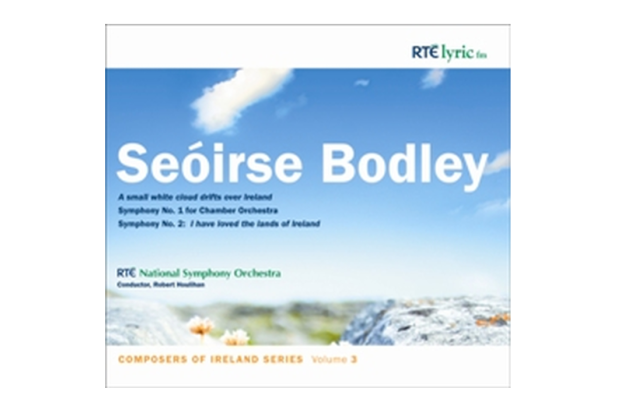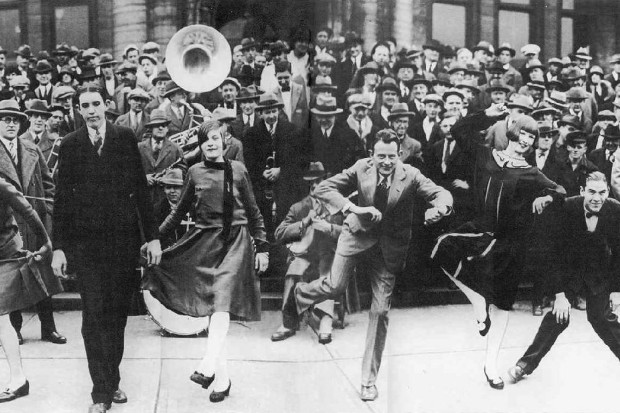
Bob Quinn
The Atlantean Irish: Irish Music's North-African Connections
South Connemara is about as far west as you can go in Europe. The people there are more familiar with Boston than Dublin. In the 1840s, a local man is reputed to have packed his entire family into a small traditional sailing boat, and, with a plentiful supply of salted pork, escaped from the famine to America – 3,000 miles away. The exploit was repeated by the intrepid Paddy Barry in a Galway Bay Hucaer only a few years ago. These adventures serve to highlight the most significant and yet most ignored aspect of Conamara and its people: their obsession with boats and the sea. They seem to be the only large and identifiable community in Ireland which realises we inhabit an island.
This insight was of the greatest importance when I began to wonder about the strange music of the area: sean-nós singing. It is a pity the term is so imprecise; sean-nós simply means ‘old style’. Nevertheless the performers and their dedicated audiences know, with ferocious precision, what is meant by the term: an ascetic, unaccompanied form of solo singing which at its best has not succumbed to the emotional sogginess of pop music. It may not be too much to claim that whoever can be moved by the writing of Sam Beckett has the capacity to enjoy sean-nós singing. In it, passion is pared away to reveal the extraordinary courage at the heart of the human being. Describing the most heart-rending events in song, an intelligent performer’s face will betray not one wisp of emotion. This singing, at least in Conamara, defies comparison with the drawing-room tradition and its sentimental offspring. There are no dramatic high notes, no hushed tones, no build-up to a pyrotechnical climax; instead the singer will concentrate on minuscule decoration.
In this there is an interesting analogy to be made with the art of manuscript illumination. At their best, singers like Darach Ó Catháin and Seán Jack Mac Donncha could produce the equivalent of a page from the Book of Kells. Under a microscope some of the lines on those pages are miraculously fine. The art in them seems to be to conceal art; the satisfaction seems to be in the achievement rather than the acclaim. Similarly with the good sean-nós singer: in performance the singer seems to escape into total introspection, as if communing with him or herself rather than with the audience. In this way the audience is drawn into the singer’s semi-trance. As if to make sure he does not forget their presence, and also to reassure him of their support, one of the audience will grasp his hand and move it rhythmically in a winding action.
Inevitably, this extraordinary art form is withering. Many of the songs relate to the sea, be they accounts of lovers lost or terrifying storms. As the maritime dependence of the people has lessened, so the musical form degenerates. This seems a more fundamental cause than that customarily offered: the decline in the use of spoken Gaelic. However, the singing is still the most popular event at the annual gathering of Gaelic speakers, the Oireachtas.
I encountered this music on the radio as a child in Dublin. It was quite alien to my urban ears, which were accustomed to Italian opera, the lighter classics and the pleasant treacle of Bing Crosby. Indeed, sean-nós singing was an occasional object of ridicule on stage and radio, being used as a symbol for an allegedly backward rural tradition which sophisticated urbanites should deride. In my father’s house, sean-nós was switched off.
Twenty years later, in Conamara, I found it was the most popular form of musical expression and, as I learned, the basis of all traditional Irish music. It was still difficult to enjoy. It defied all of the conditions I had been led to believe were essential to enjoy music: it did not easily lend itself to harmony; it had none of the simple rhythms of European classical form, nor the dance rhythms of folk music. Also, it seemed to go on and on, endlessly. No matter how musical a person was – and I prided myself on my musical ear – it was impossible quickly to pick up the style and perform remotely well. Although Conamara people stated that it could be learned, they added, paradoxically, that it could not be taught. In other words, one would have to apprentice oneself to a singer and simply listen for years before acquiring the words, melodies, or styles of ornamentation. Even then, much would depend on the performer’s inventiveness, because no two singers embellish a song in the same way. Its closest relation is modern jazz.
Connections
The late and highly respected composer, Sean Ó Riada, had in the course of three radio lectures contended that sean-nós was not European, nor could it be understood in that context; it was much closer to oriental forms. Irish art had never adopted the forms ‘spawned’, as he put it, by the Graeco-Roman renaissance. The best way to understand the music, he said, was ‘to listen to it with a child’s fresh mind’. In other words, dismiss all preconceptions. Failing that, he suggested, one might try to hear it in terms of Indian music.
Sure enough, there happen to be faint resonances in sean-nós that would remind one of Indian music. And, of course, this would fit with the conventional Indo-European explanation of the origins of the Irish. However, when pressed as to how such music could have arrived in Ireland, Ó Riada suggested it might have come via North Africa and Spain.
Generally speaking, when Irish people listen to the music of the Middle East and North Africa they have an odd, aural equivalent of déjà vu. Charles Acton, the late music critic of the Irish Times, once wrote an extensive article on the subject: ‘If one has listened for hours in the desert of an evening to Bedouin Arabs singing narrative epics with as many stanzas as a long aisling (vision poem, in Gaelic) and then returned to Ireland and heard a fine sean-nós singer using the same melismata and rhythm, one finds the resemblance between the two almost uncanny. So too, if one listens to canto jondo (of Spain)’. Mr Acton went on to say that he put this idea to Joan Rimmer, an ethno-musicologist of authority. Her crisp reply was: ‘Of course!’ He concluded: ‘The connections between the Arab lands and southern Europe, Spain and Ireland are, apparently, commonplace to scholars of her eminence.’
The famed collector Alan Lomax shared this perspective: ‘[I] have long considered Ireland to be part of the Old Southern Mediterranean-Middle Eastern family of style that I call bardic – highly ornamented, free rhythmed, solo, or solo and string accompanied singing that support sophisticated and elaborate forms.’
One of the greatest exponents of sean-nós singing, the late Seosamh Ó hÉanaí, was described by the equally illustrious writer Máirtín Ó Cadhain as singing such songs ‘effortlessly, one after another, in a manner which strongly reminds one of Gitano singing in the caves of Granada. In fact his splendid figure and face is the southern Spanish type. There is a strong tradition that survivors of the Armada remained along the Conamara coast.’
The Spanish connection made sense; Catholic Spain was always looked to by Irishmen as a possible saviour. Salamanca had educated thousands of Irish priests. The Spanish Arch in Galway commemorates the busy trade between the two countries. Even the typical Conamara dancing called ‘the battering’ is the nearest thing possible to Spanish flamenco. But contact with ‘the Arab lands’? Such an outlandish suggestion had never been made in my presence. It was completely at variance with conventional history which took all of the divergent characteristics of the Irish, both negative and positive, and dumped them into the romantic category: ‘Celtic’. The suggestion that sean-nós had a respectably authenticated connection with the Arabs was startling. Not world-shaking, of course, as the music has a relatively small, loyal audience of aficionados and these are principally located within the Gaelic-speaking areas of Ireland.
It is worth mentioning that an acquaintance of mine spent three years in University College Dublin acquiring a degree in music without once hearing sean-nós singing. Little attention was paid by musicians of the classical or even ‘contemporary’ school to this folk-idiom, despite the fact that it is more subtle than a Scarlatti sonatina. I am aware of only a few serious Irish composers who have considered the form with insight; they include Frank Corcoran and Roger Doyle. Dr Seóirse Bodley has also perceptively written: ‘The real oral tradition of sean-nós is often obscured for many listeners by several factors. There is often confusion in the public mind between: (a) the genuine sean-nós or oral tradition, and (b) songs which are sung in Irish but without the style and without the traditional ornaments or tone quality. This does not mean that one objects to the songs of the Irish Language Revival, but that a clear distinction must be made between them and sean-nós proper.’
A maritime people
In the tightly-knitted garment of Irish ‘Celtic’ culture, there now appeared to me to be loose threads. If sean-nós was (a) not European, according to Ó Riada, (b) to be distinguished from the mainstream of ‘Celtic’ culture, and (c) alien to the majority of Irish ears, then where on earth did it fit? I have spent many years tugging at these loose threads, with the usual consequences: the garment when unravelled is less a seamless jersey of pure ‘Celtic’ weave than a more interesting coat of many colours.
The first question to be asked was: how could there be any contact between two such apparently remote places – between Ireland and the Middle East, between two such different peoples – the Irish and the Arabs? They inhabited different continents, had profoundly different religious beliefs and, judged by the perilous barometer of ethnicity, looked different. Besides, one group lived in the sun, the other on a misty island a thousand miles away.
Yet, listening at night with more attention to those obscure radio stations that sometimes trespass on our wavelengths with strange music from North Africa, the possibility grew.
A musicologist would get down to a detailed examination of the modes employed, the different scales, the instruments, the chronology of these disparate manifestations of the same phenomenon. He or she would certainly soon realise the debt European music owes to Islamic culture: the violin’s origin in the Middle East; the guitar’s antecedent in the ud of North Africa; the influence of the Moors on the seminal Troubadour repertoire of France; the excellent possibility that Europe may have got its first idea for a definite pitch notation from Arabic scholars (in particular an Iraqi named Ziryab, who spent an influential period in Moorish Spain). There have been efforts to confine sean-nós to a respectable European context through comparison with Romanian and Hungarian musical idioms. Scholars who do this are invariably quite ignorant of the Islamic world, and of the impact the Turkish Ottoman culture has had on those areas.
However, these details are overshadowed by the practical objection of the distance between Ireland and North Africa, and the dangerous stretches of water between the two areas. Returning to Conamara, the objection does not seem insurmountable. Geographically, it is similar to the western seaboard of Europe: there is the same threatening Atlantic in common, the same cruelly indented coasts, the same peninsular layout. If the people of Conamara could develop an unparalleled tradition of seamanship to overcome the apparent social disadvantage of their physical environment, could the same principle not apply on a larger scale to the entire Atlantic coast of Europe? If Conamara regarded intervening stretches of water not as insurmountable barriers to social intercourse, but the very common means of achieving this intercourse, could not the same principle apply on a larger scale?
Dr John de Courcy Ireland has almost single-handedly laboured for years to restore to the Irish mind a consciousness of its sea-girt position. In a lecture a few years ago he passionately declared:
An té a mbíonn long aige, geibheann sé cóir uair eigin (He who has a boat eventually gets a breeze). A proverbial statement like that does not emanate from a people that is a landlubberly people. Long before the Irish language, or a Celtic language of any description came into this country of ours, we were a maritime people, and the blood that flows in every one of us here, every one of us in the country, is blood that came across the sea. I do not accept that because we have a reputation for holiness in this country, our ancestors were dropped from heaven. And you can go back to the very earliest moment in history and you find that the first people who came into our country came here by sea, and they laid the foundations of a maritime tradition that this country has, richer and older than almost any country in Europe.
At this point it would be helpful if, in the reader’s mind, the image of Ireland as a remote and isolated place receded. Ideally, it might be replaced by the image of a traffic island or even a trading post, centre of a vast traffic in ships up and down the Atlantic coasts from the Baltic Sea to the Straits of Gibraltar, bringing with them their goods, their different cultures and, in this context, their musical ideas.
There was an interesting observation made twenty years ago by an experienced maritime observer, Arthur Reynolds, about a fine maker of miniature traditional craft in Conamara, Pádraic Ó h-Eidhin:
When I called to his home I noticed that he also makes wooden fish traps for taking rockfish or ballan, popular with the Aran islanders and local people. Surely the use of traps for fin fish in Conamara must be unique in Ireland, even though many Middle East and Far Eastern fishermen work with nothing else. (my italics)
‘The Atlantean Irish: Ireland’s Oriental and Maritime Heritage’ will be published by the Lilliput Press in mid-December 2004. ISBN: 1 84351 024 3. Price: d20
Published on 1 November 2004
Bob Quinn is a film-maker and writer. Visit conamara.org







